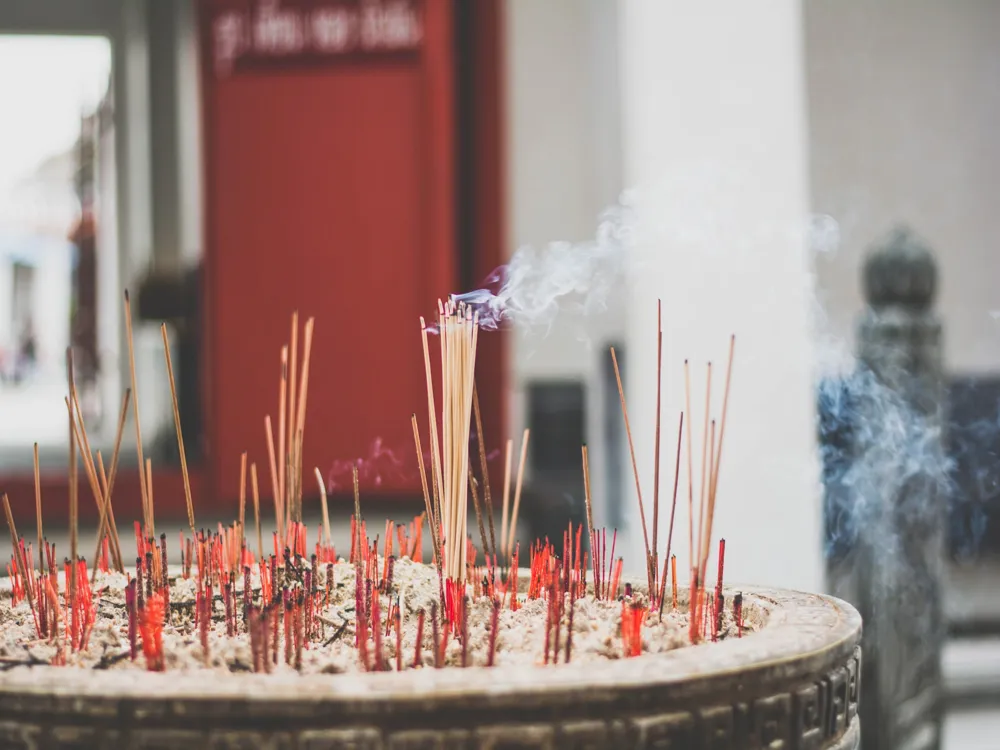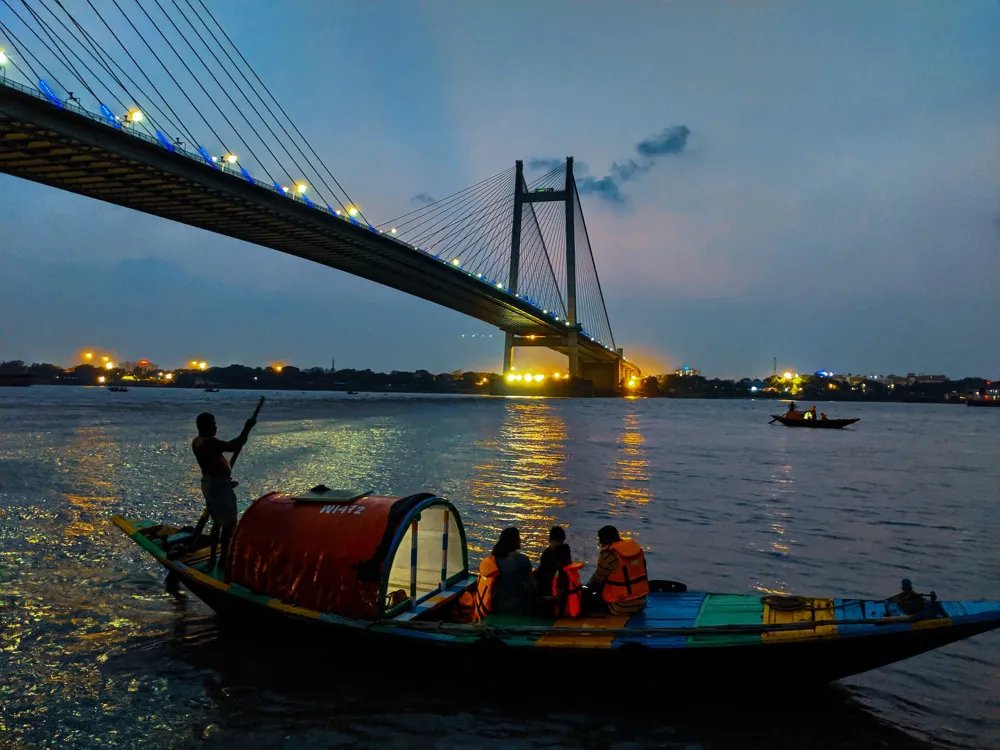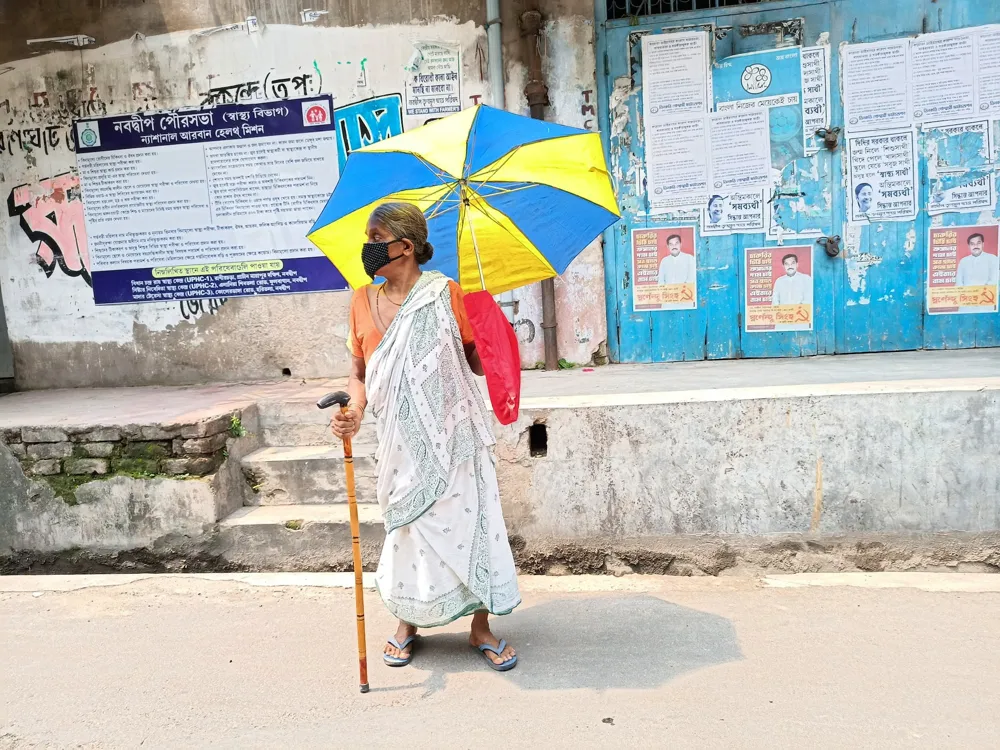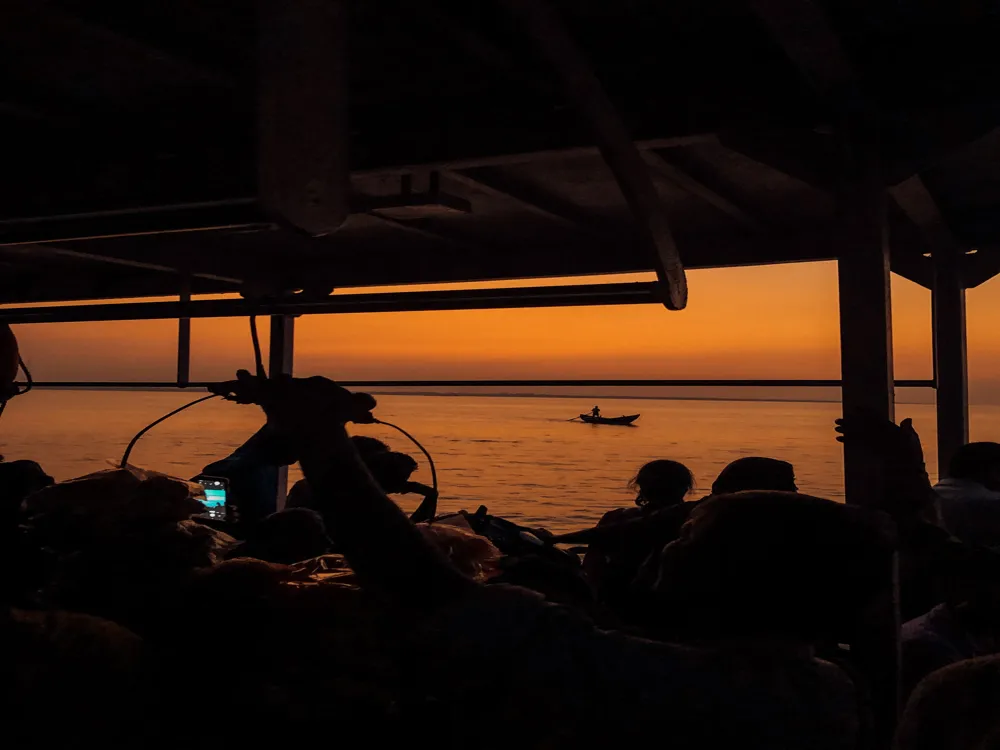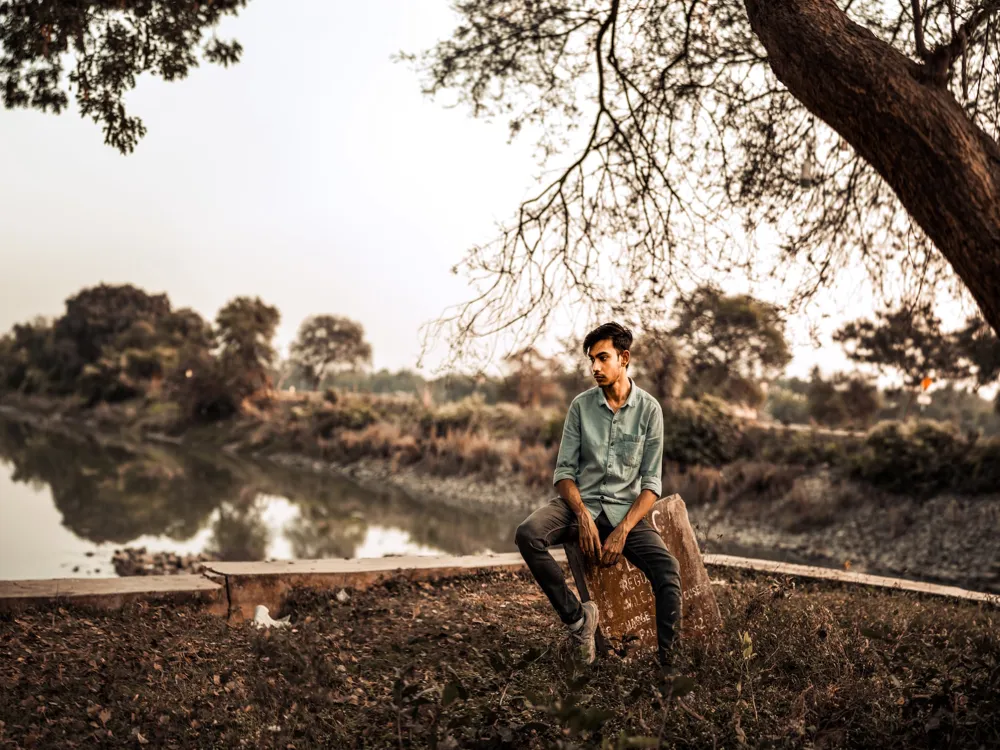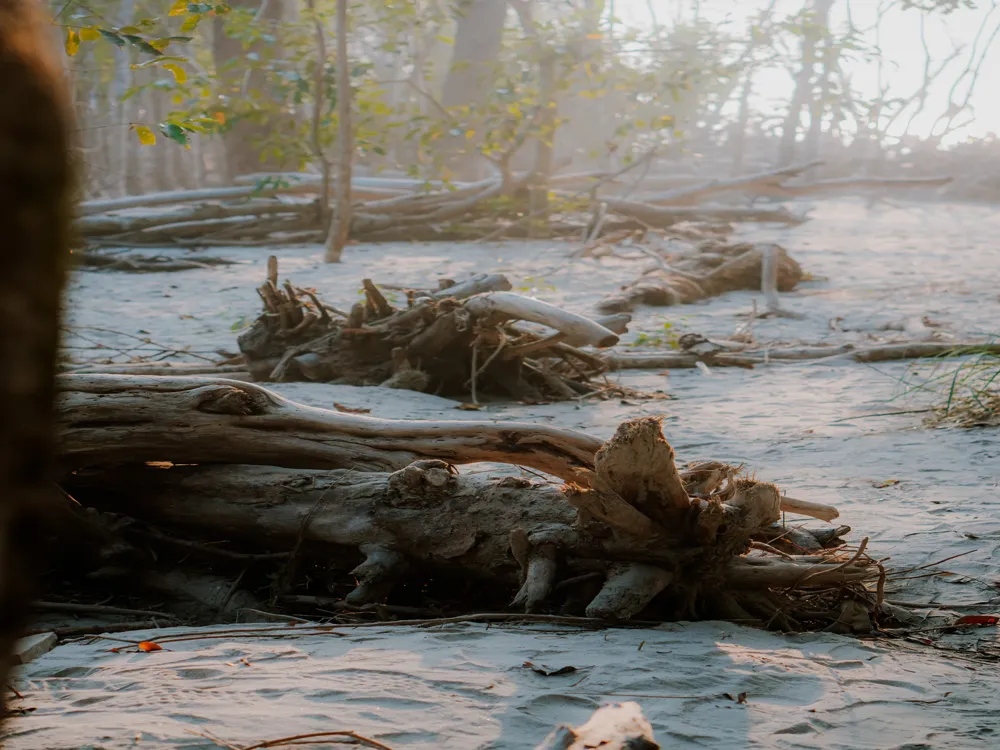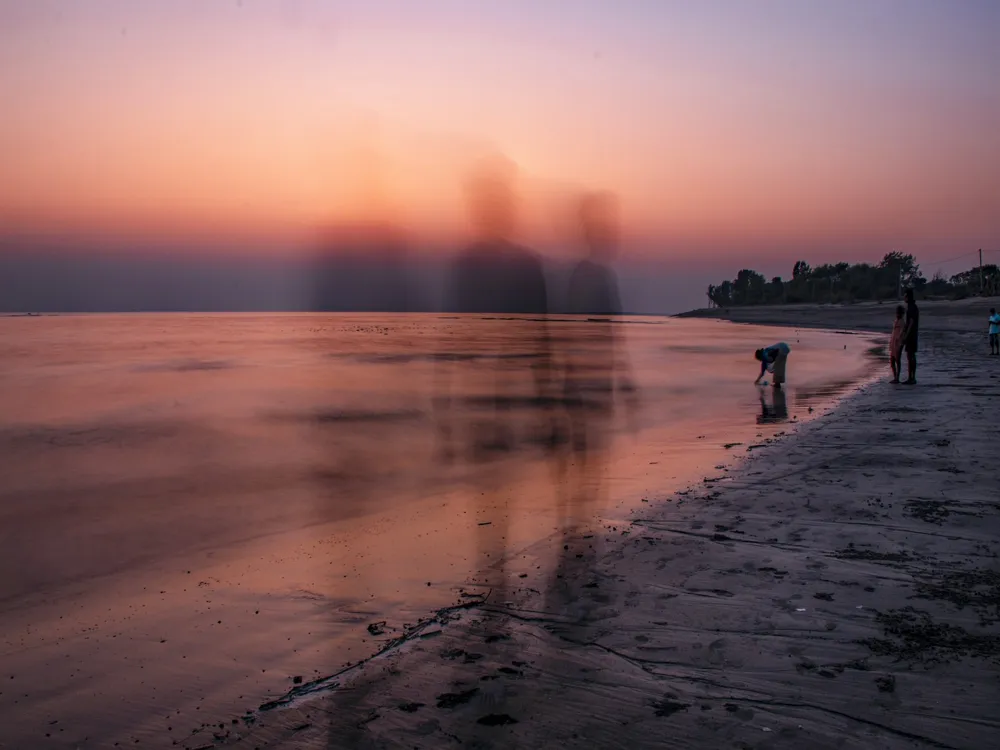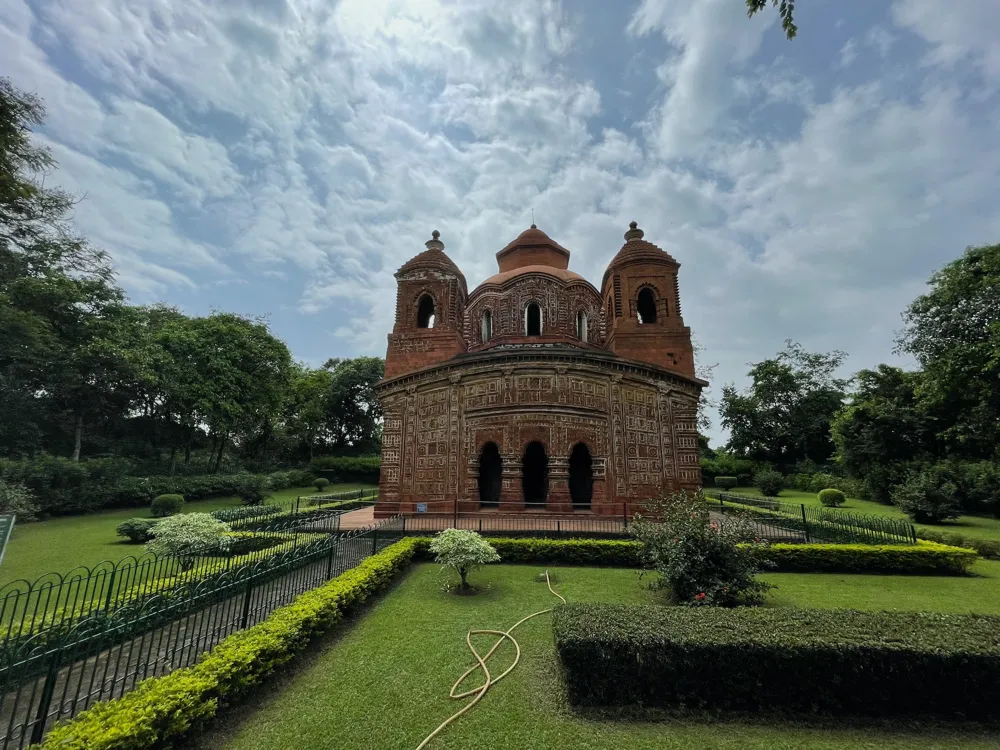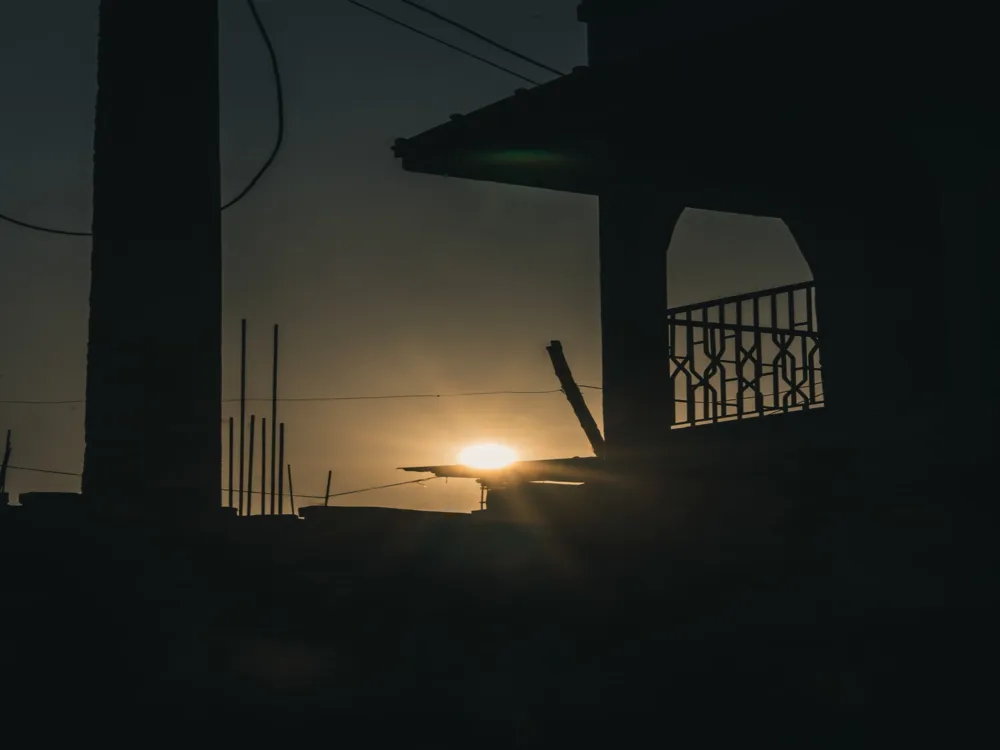Chandannagar, a serene city nestled on the banks of the Hooghly River in West Bengal, India, is a place where history whispers from every corner. Known for its colonial heritage and unique blend of Bengali and French cultures, Chandannagar, or Chandernagore, offers a tranquil escape from the hustle and bustle of city life. In this overview, we delve into the heart of Chandannagar, exploring its rich history, culture, and the architectural marvels that make it a must-visit destination. The history of Chandannagar is as captivating as its scenic beauty. Established as a French colony in 1673, the city became a melting pot of French and Bengali cultures. This fusion is prominently visible in the city's architecture, cuisine, and cultural festivals. The French influence lasted until 1950, after which Chandannagar was integrated into India. However, the remnants of its colonial past continue to enchant visitors and locals alike. Chandannagar's colonial legacy is its heartbeat. The Strand, a beautiful promenade along the river, is lined with historical buildings that speak volumes of the city's past. The Chandannagar Museum and Institute, once the French Governor's residence, now displays artifacts showcasing the city's rich Franco-Indian heritage. The Sacred Heart Church and the Chandannagar Gate are other testaments to the city's colonial era. The cultural vibrancy of Chandannagar is best experienced during festivals like Jagaddhatri Puja, a grand celebration unique to the city. The fusion of French and Bengali cuisines also offers a gastronomic adventure, with dishes like fish meunière and sondesh gracing the tables of local eateries. Chandannagar is not just a city; it's an architectural diary that narrates stories of a bygone era. The city's landscape is dotted with structures that showcase a blend of French colonial and traditional Bengali architectures. This section uncovers the architectural jewels of Chandannagar, each telling a story of its own. The French influence on Chandannagar's architecture is unmistakable. The Chandannagar Museum and Institute, with its elegant French windows and classical columns, is a prime example. The French Barracks, now serving as government offices, and the Patal Bari, with its underwater rooms, are other highlights of colonial architecture in the city. Apart from its colonial structures, Chandannagar is home to several traditional Bengali temples and mansions. The Nandadulal Temple, adorned with intricate terracotta work, and the palatial mansions of the affluent Bengali families, such as the Roy Choudhury mansion, offer a glimpse into the region's rich cultural heritage. In recent years, Chandannagar has seen the emergence of modern architectural styles. These contemporary structures, while distinct, are designed to harmonize with the city's historical essence, ensuring that Chandannagar remains a city where the past and present coexist seamlessly. Visiting Chandannagar is not just a journey but an experience that transcends time. As you plan your visit, here are some invaluable tips to ensure a memorable and comfortable stay in this historical city. The ideal time to visit Chandannagar is between October and March when the weather is pleasant, making it perfect for exploring the city. Chandannagar offers a range of accommodations, from luxury hotels to budget-friendly guesthouses, ensuring comfort for all travelers. Auto-rickshaws and cycle-rickshaws are the most convenient modes of local transportation, ideal for navigating the narrow lanes of the city. Respect the local culture and traditions. Dress modestly, especially when visiting religious sites, and always seek permission before taking photographs. Bengali is the local language, though Hindi and English are widely understood. Learning a few Bengali phrases can enhance your experience. Chandannagar is well-connected and easily accessible from major cities in India. Whether you prefer rail, road, or air, getting to Chandannagar is convenient and straightforward. The nearest airport is Kolkata's Netaji Subhas Chandra Bose International Airport. From there, you can hire a taxi or take a train to Chandannagar, which is about 37 km away. Chandannagar has its own railway station, which is well-connected to major cities. Trains are a convenient and cost-effective way to reach the city. If you prefer road travel, Chandannagar is well-connected by national highways. Regular bus services and taxis are available from nearby cities, offering a scenic drive to the city.Discover Chandannagar: A Hidden Gem in West Bengal
Chandannagar: A Historical Tapestry
Colonial Legacy: A Walk Through Time
Cultural Melange: Festivals and Cuisine
Architectural Wonders of Chandannagar
The French Footprint: Colonial Structures
Bengali Traditions: Temples and Mansions
Modern Influences: Blending the Old with the New
Traveler's Guide to Chandannagar
Tips When Visiting Chandannagar
Best Time to Visit
Accommodations
Local Transportation
Cultural Etiquette
Language
How To Reach Chandannagar
By Air
By Train
By Road
Nandadula Temple
Chandannagar
West Bengal
NaN onwards
View chandannagar Packages
Chandannagar Travel Packages
View All Packages For Chandannagar
Top Hotel Collections for Chandannagar

Private Pool

Luxury Hotels

5-Star Hotels

Pet Friendly
Top Hotels Near Chandannagar
Other Top Ranking Places In Chandannagar
View All Places To Visit In chandannagar
View chandannagar Packages
Chandannagar Travel Packages
View All Packages For Chandannagar
Top Hotel Collections for Chandannagar

Private Pool

Luxury Hotels

5-Star Hotels

Pet Friendly









